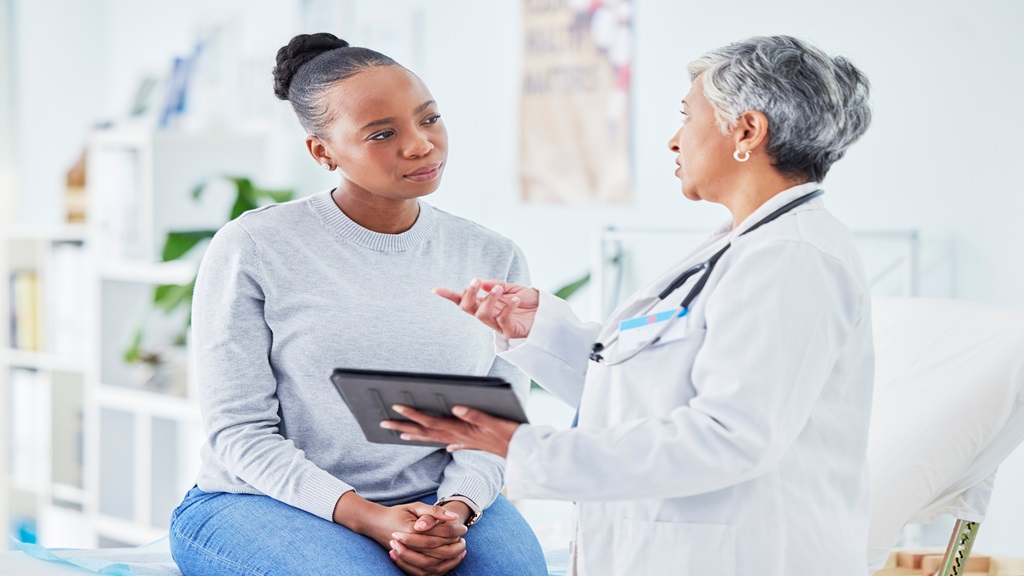“‘Cancer’ is a very emotional term in our society, and for good reason,” says Dr. Ruben Mesa, the president of Atrium Health Levine Cancer and the executive director of Atrium Health Wake Forest Baptist Comprehensive Cancer Center. “When we hear that word, it creates tremendous emotional distress.”
This distress was felt worldwide when Kate Middleton, Princess of Wales, announced her cancer diagnosis last month. The news not only sparked empathy and concern, but questions, too: What is preventative chemotherapy? How should a parent share a cancer diagnosis with children? How does someone protect their emotional health along with their physical health during treatments?
Mesa’s first reaction was to think of the princess herself. “On behalf of everyone in the cancer community, our hearts go out to Kate Middleton and her family. Cancer is a difficult and challenging disease, both for patients as well as their loved ones,” Mesa says. “We wish her health and healing.”
As a physician, Mesa also wanted to address the questions that Middleton’s news raised. Even though cancer is a common disease – about one in five people will develop cancer during their lifetime – uncertainty about it remains. Mesa believes that the questions surrounding Princess Kate’s news provide an opportunity to share information about what happens following a cancer diagnosis.
1. Sometimes multiple cancer treatments come together to create a comprehensive treatment plan.
Princess Kate said that she was undergoing preventative chemotherapy following her abdominal surgery. Chemotherapy, which means “chemical therapy,” consists of medicines that attack cancer cells. In recent years, researchers have learned how to improve the effectiveness of these medicines while decreasing their side effects. Sometimes, chemotherapy is the only type of cancer treatment a person requires to treat cancer; other times, it’s used alongside other treatments, such as surgery.
“Princess Kate mentioned preventative chemotherapy, which hopefully means that her doctors have a high expectation of a cure,” Mesa says. “They're trying to get the chemotherapy to any cancer that may remain after a surgical procedure.”
We don’t know the specifics of the treatment the princess is receiving. But we do know that other than chemotherapy, there is now something called immunotherapy, which can be used in combination with surgery or chemotherapy. Immunotherapy empowers a person’s immune system to fight cancer cells, and each year, researchers create new immunotherapy drugs to fight more types of cancers. “Immunotherapy is a major revolution in cancer treatments, and it’s why cancer treatments are now more effective,” Mesa says.
As cancer care becomes personalized, the therapies that someone needs to fight their cancer have grown personalized, too. The types and combination of therapies a person receives will depend upon factors such as their type and stage of cancer, the genetic markers of their tumor and the patient’s goals for treatment.
2. Finding the time and words to share a diagnosis with others is a difficult and highly personal decision.
Not only does the person who has cancer need to process the news, they often must decide how and when to share that news with others. Princess Kate said that it’s taken time to explain her cancer diagnosis to her children in a way that’s age-appropriate and reassuring.
“When someone is both a cancer patient and a parent, it is a particularly difficult challenge to navigate that with kids. This is particularly true of younger kids, who can sense that something is wrong, but their understanding of cancer usually is quite limited,” Mesa says. “Fortunately, there are increasing resources to help parents tell that story, to let kids know that mom isn't feeling well.”
Mesa encourages people to make use of appropriate resources to guide them through this conversation. Some helpful resources include the patient’s healthcare provider, their house of worship or cancer organizations like the American Cancer Society (ACS). (For example, read ACS’s Telling a Child Someone They Love Has Cancer.)
3. Cancer care is more than treating a tumor. It’s supporting the holistic needs of a person and their loved ones.
Princess Kate said that she’s finding strength in things that heal her, “mind, body and spirit.” Levine Cancer believes in this approach for everyone undergoing cancer, surrounding them with programs through its Department of Supportive Oncology that support them and their families at every step of the cancer journey.
“Cancer is a difficult disease, but fortunately, there more and more resources every day to help people through it,” Mesa says.
Cancer patients can use supportive oncology to improve their quality of life, choosing from about 35 offerings of classes, services or groups. It might be a nutrition coach that supports their health with meal ideas or an exercise class that supports their health before, during, and after treatments. It could be support for depression or anxiety, which frequently follow a diagnosis. Or it may be massage or acupuncture to soothe pain that may come with treatments.
One of the most popular supportive oncology offerings is a special kind of medicine: friendship. Levine Cancer offers support and survivorship groups to link patients with others who understand. Some groups connect patients who have similar cancers, while others focus on similar life stages. Having cancer as a young adult – when people often juggle treatments with caretaking and jobs – is a uniquely difficult experience.
Levine Cancer also offers supportive oncology programs to family members of the cancer patient. “There’s a whole menu of services that support patients and families who go through what can be an incredibly complex and stressful time,” says Dr. Declan Walsh, Chair of the Department of Supportive



